
Photos by Paul Willms
It’s an annual tradition that since 1985 has sent teams of volunteers fanning out along the waterways and wetlands of the Kaskaskia River watershed near Vandalia. They are monitoring wood duck boxes that stretch approximately 40-50 miles of river and creeks—from the mouth of Ramsey Creek at the north to Hurricane Creek at the south and near the north end of Carlyle Lake.


While the names and faces have changed in the last 31 years, the commitment toward the wood duck nest box program is unwavering. Gail “Tink” Tinker, for whom the project is named was a mainstay in the project until his death. One of the most dependable volunteers any group could ask for, Tink was a life member of the Illinois Federation of Outdoor Resources (IFOR), as are most volunteers.
Weather conditions can vary the timing for monitoring boxes. Box checks start in mid-February and run through the first week of March to take advantage of higher water levels on the river, allowing volunteers to work during cool weather, to avoid disturbing nesting ducks and to minimize contending with stinging insects.

During the 2016 monitoring effort, approximately 40 individuals checked 274 of the 291 boxes, finding evidence that 93 boxes had hatched wood duck nests the previous breeding season. In 2016, nests had been started in nine boxes, with two hens already sitting on their nests. Overall, the percent of wood duck box use resulted in a success rate of 34 percent.
The wetlands and small ponds produced many successful nests, but success rates on the river and creek sections ranged from 20 percent (Wildcat Slough, where high water levels allowed boxes to be checked for the first time in several years) to 37 percent (Hitoga Boat Dock to Hickory Creek).
Volunteers helping on the Cox’s Bridge south run route reported good results as 15 boxes had been used the previous season for a success rate of 29 percent—about the best ever for this stretch of the river.

On the Kaskaskia River, boats and ladders are used to check boxes. Volunteer teams of three to five boats survey specific sections of river or creeks, checking boxes for eggshells and recording data then making any necessary repairs and placing a 6-inch layer of new sawdust. The wetlands and ponds are generally checked when ice coverage is present for easier access to the boxes.
The ponds and wetlands on the upland areas—where boxes are placed over water which reduces nest predation—show the best nest success and use. Some locations documented 100 percent use.
Maintenance and replacement of boxes is necessary, and supported by numerous organizations, such as the Carlyle Lake Fish and Wildlife Management Area which provided 15 new boxes for the 2016 season. IFOR also has funded nest box construction over the years.
Volunteers report that in addition to being a good time of year to be outside, they value the project because it helps the local wood duck population and other wildlife that use the boxes such as, hooded mergansers, squirrels, screech owls, honey bees and flying squirrels.
Amassing 31 years of history on what wood ducks like and don’t like, and how the population is faring in the Kaskaskia River watershed, has been an interesting project, made possible only over the years with the assistance of more than 100 volunteers who have taken ownership in the wood duck nest box program.
Paul Willms is a retired Illinois Department of Natural Resources wildlife biologist who coordinated the Federal Aid in Wildlife Restoration Project Statewide Public Lands Wildlife Habitat Development Project (W-76-D) for 37 years.






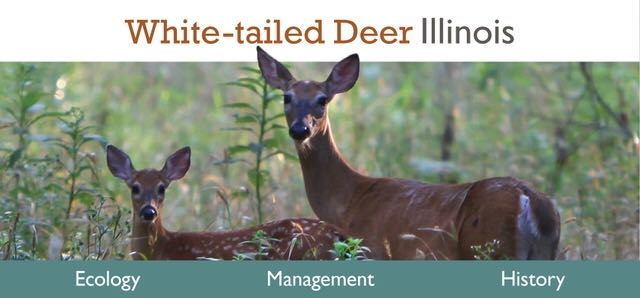
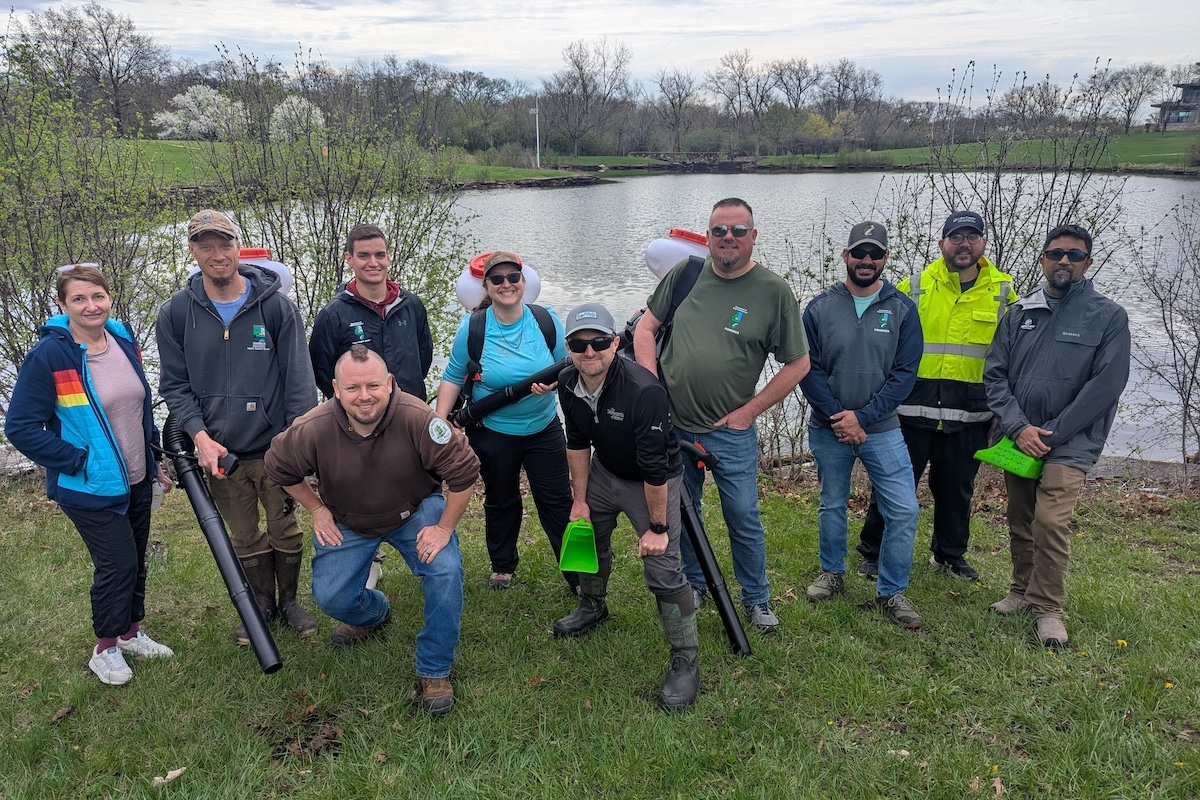
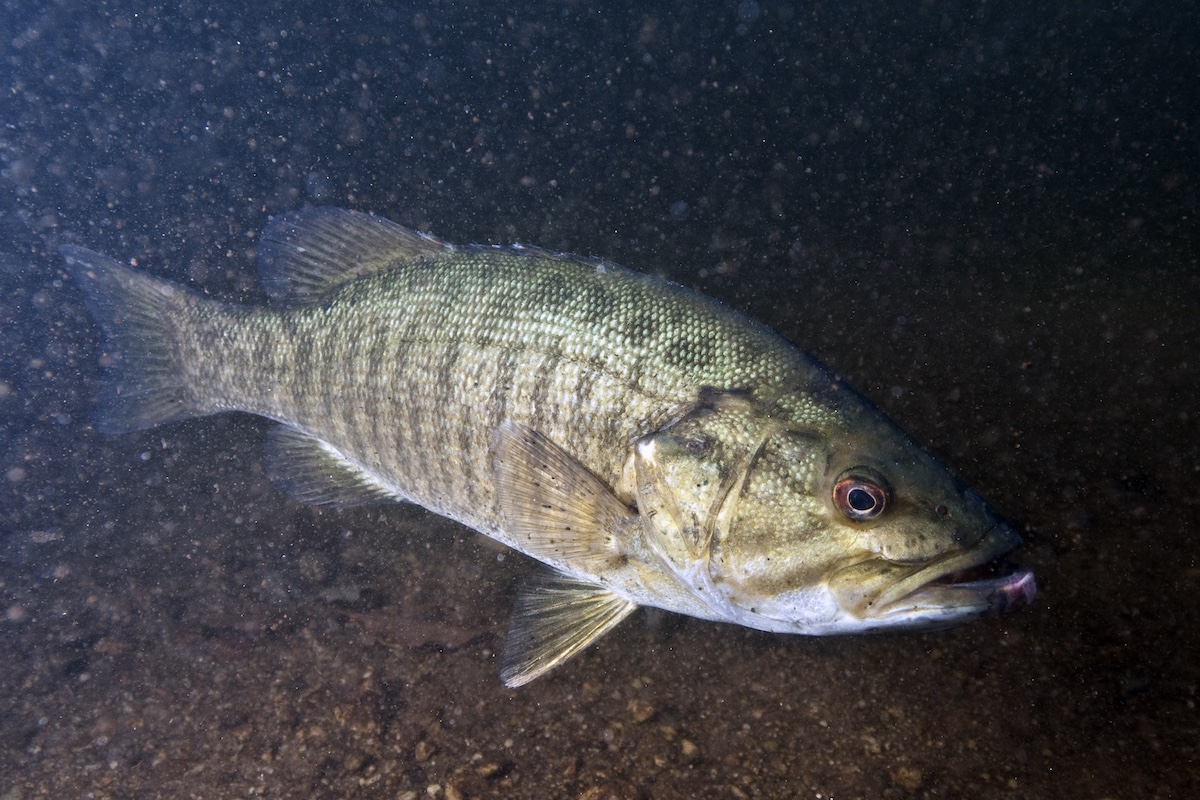
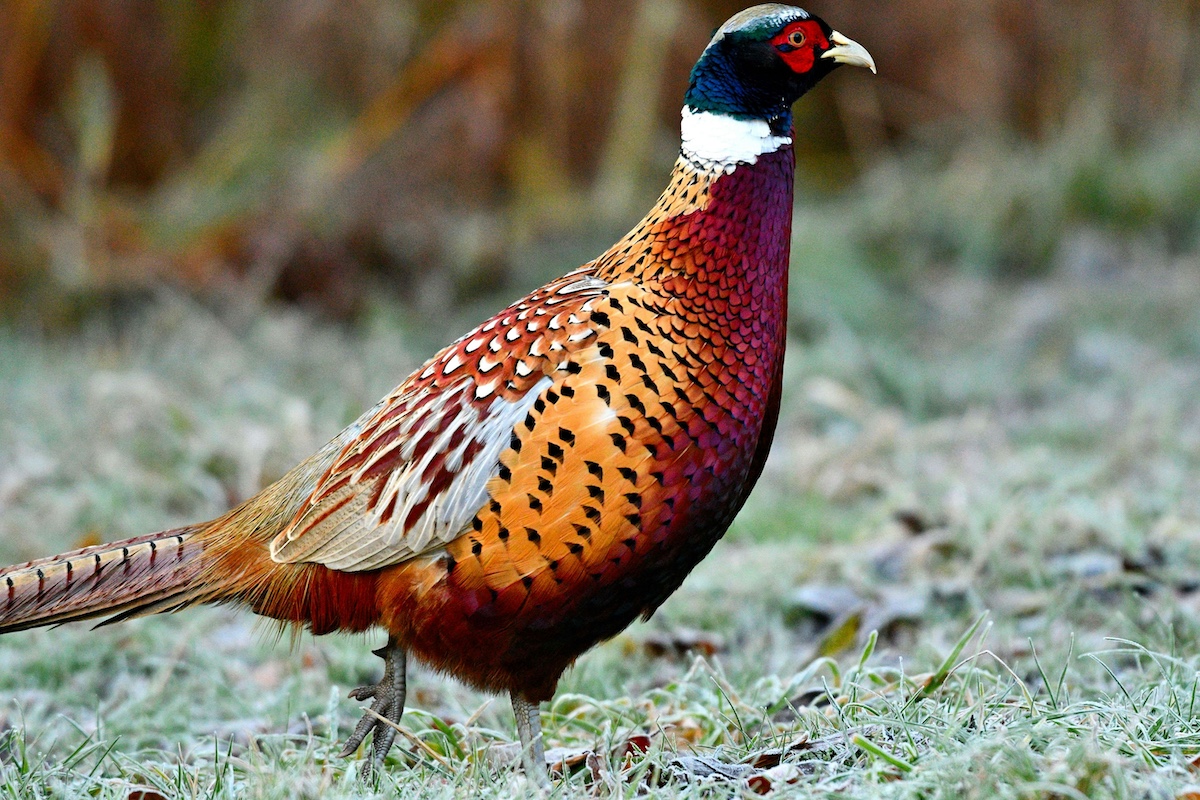
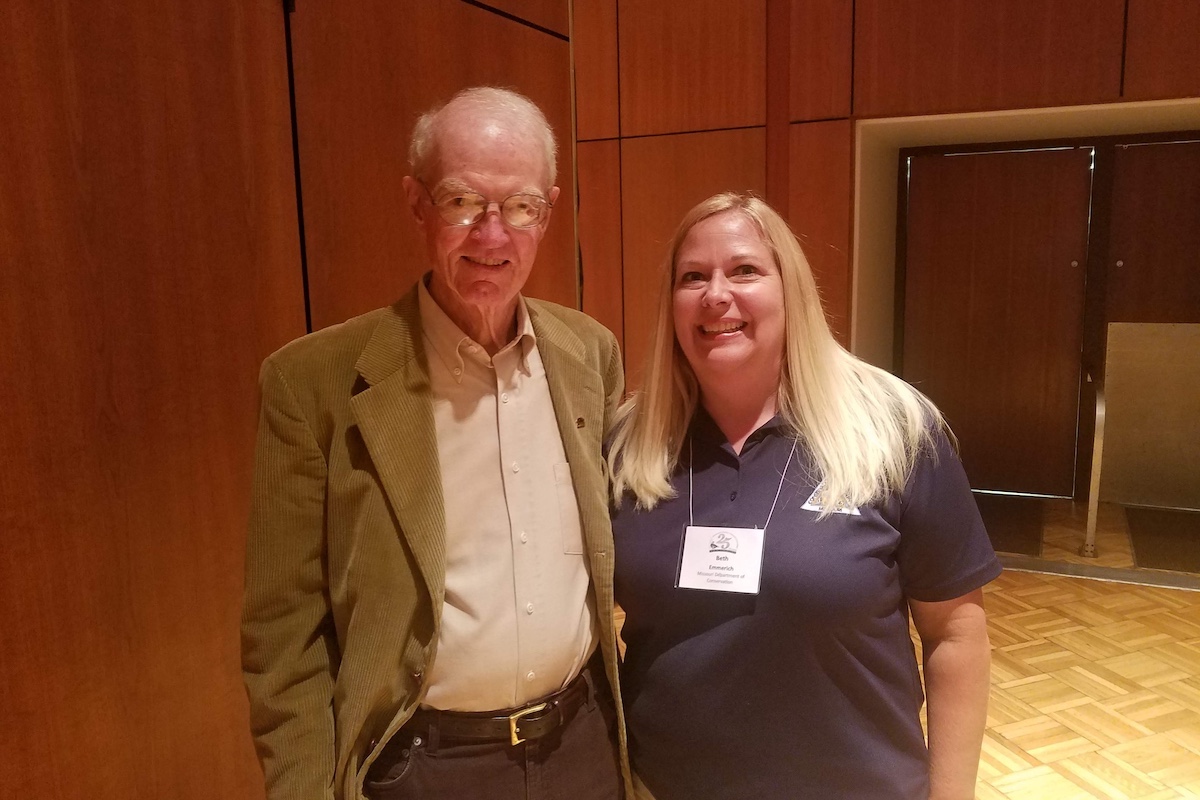
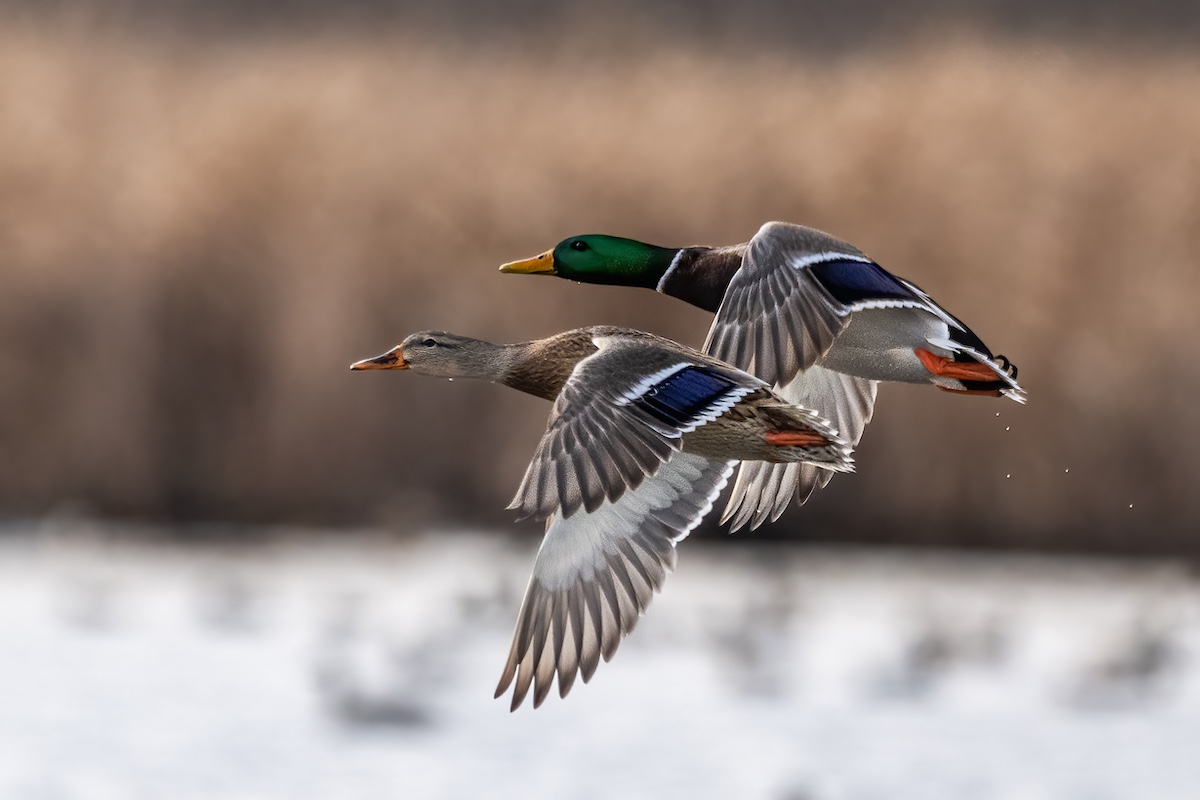
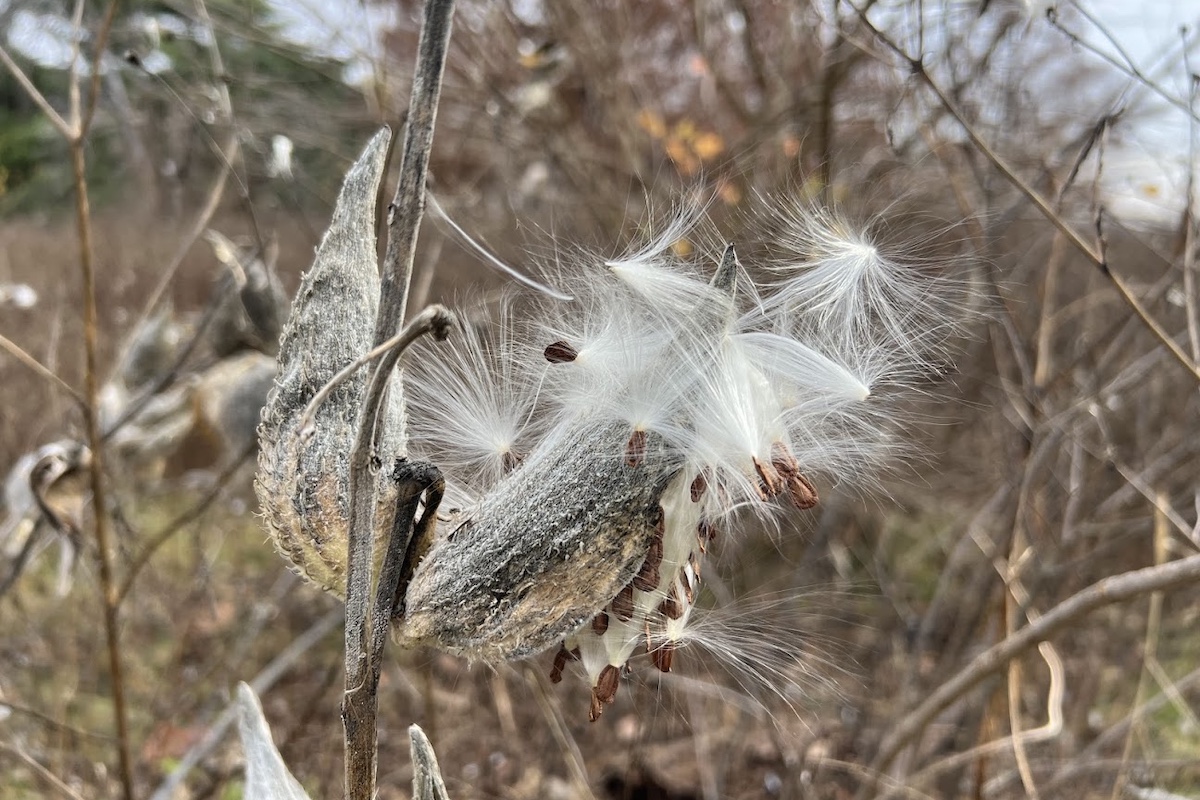
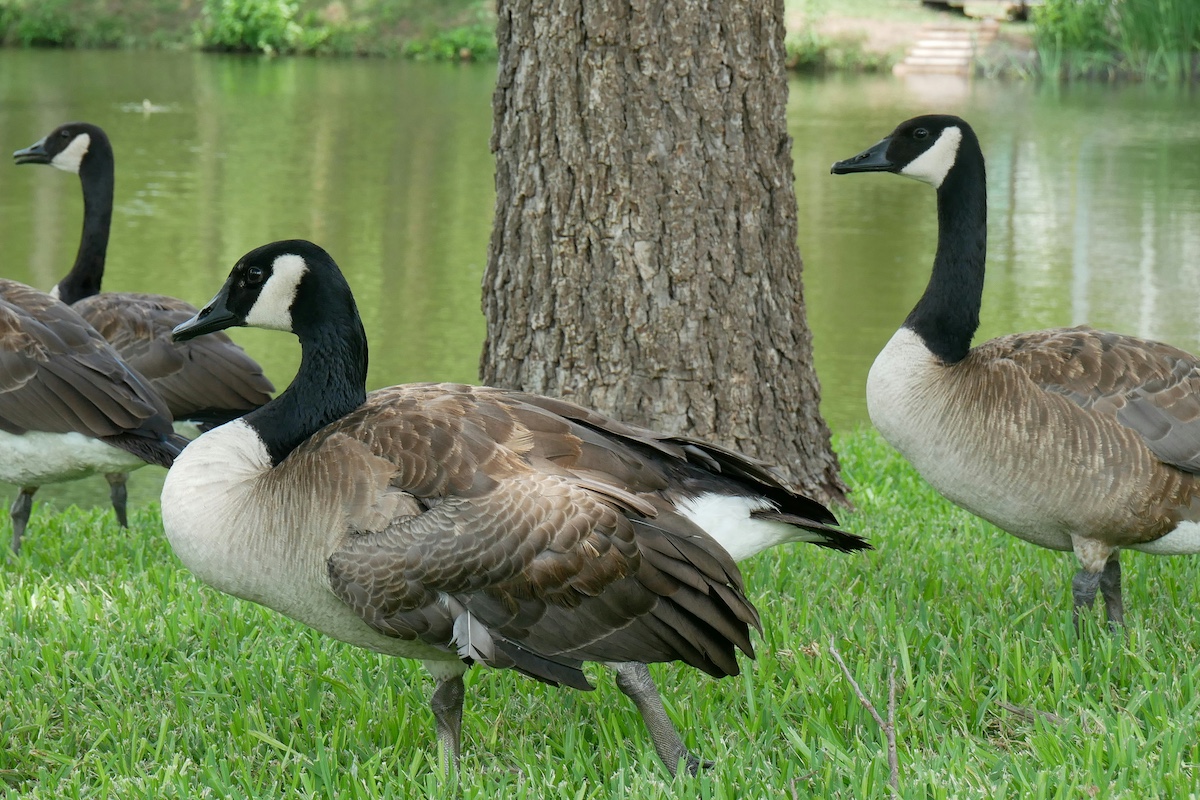
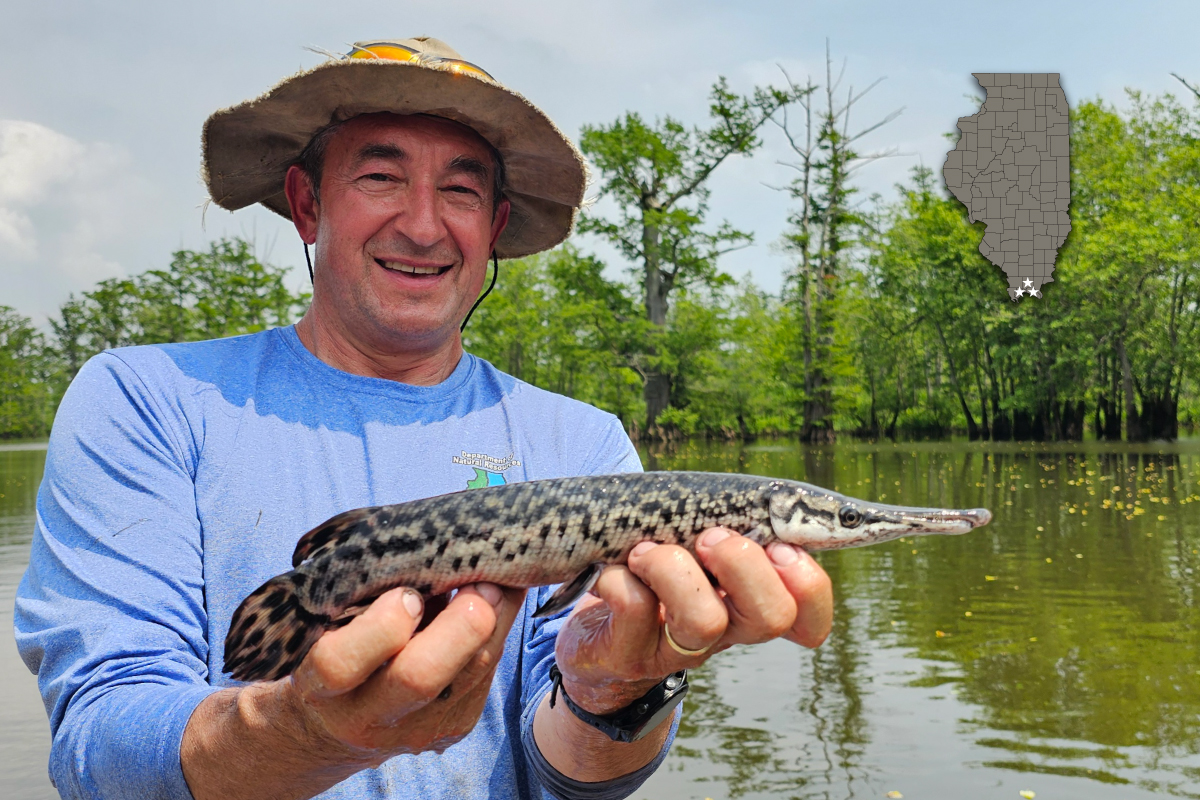


Submit a question for the author